How to change bike pedals: Your comprehensive step-by-step guide
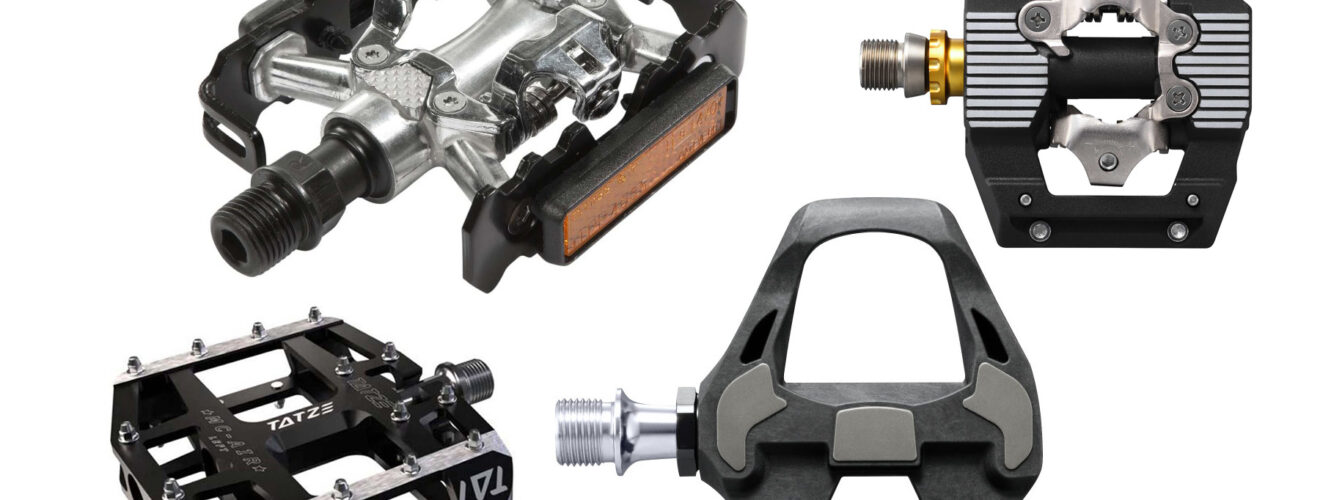
Are you planning to change bike pedals on your bicycle or e-bike? Or maybe you’ve just purchased a new bike from our online shop and are looking for a bike pedal replacement guide? From choosing the right pedals for your riding style to navigating the complexities of pedal threads and markings, this article serves as your comprehensive resource for a safe and efficient bike pedal swap.
Whether you prefer MTB pedals, road bike pedals, flat pedals, clipless pedals or combination pedals, whether you are an experienced cyclist or a novice in the field of bike maintenance. Come on board and join us on this journey that will safely guide you through the entire process.
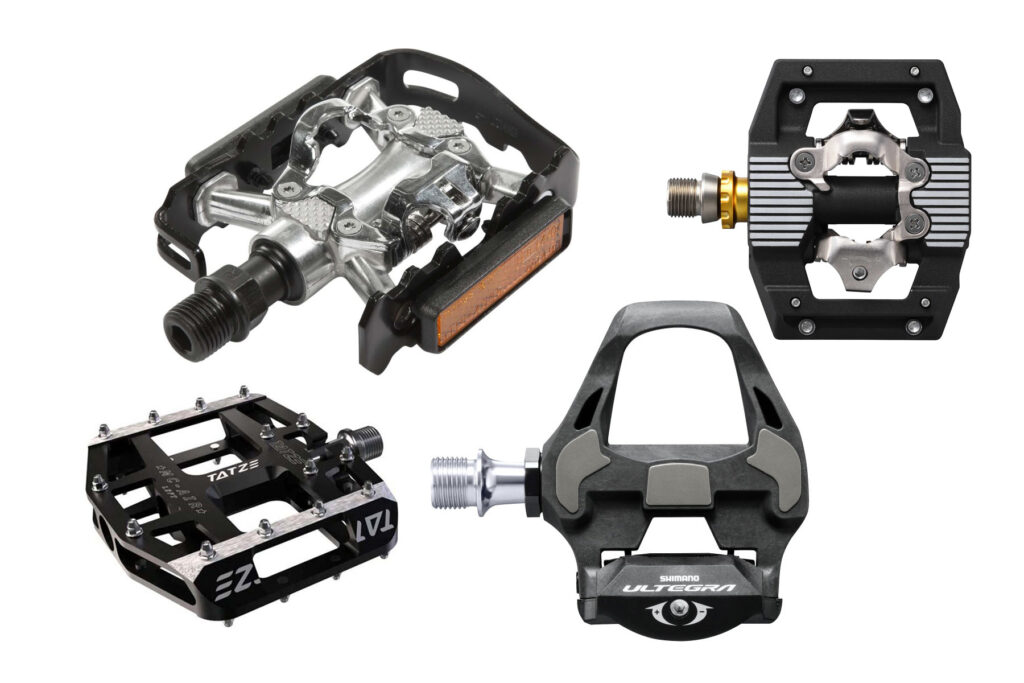
You will need:
A suitable replacement pedal (make sure you choose the right pedal for the right or left side).
A spanner or Allen key, depending on the type of pedal.
Lubricant to facilitate assembly and protect the connection.
Lubricant can even be important to ensure that the pedals mount easily and to prevent corrosion on the threads.
Bike pedals: change or mount them on your bike
Determine the direction of rotation: Note that the pedals on bicycles and e-bikes have different threads . The left pedal has a left-hand thread, the right pedal has a right-hand thread. The left pedal is therefore loosened clockwise, the right pedal counterclockwise.
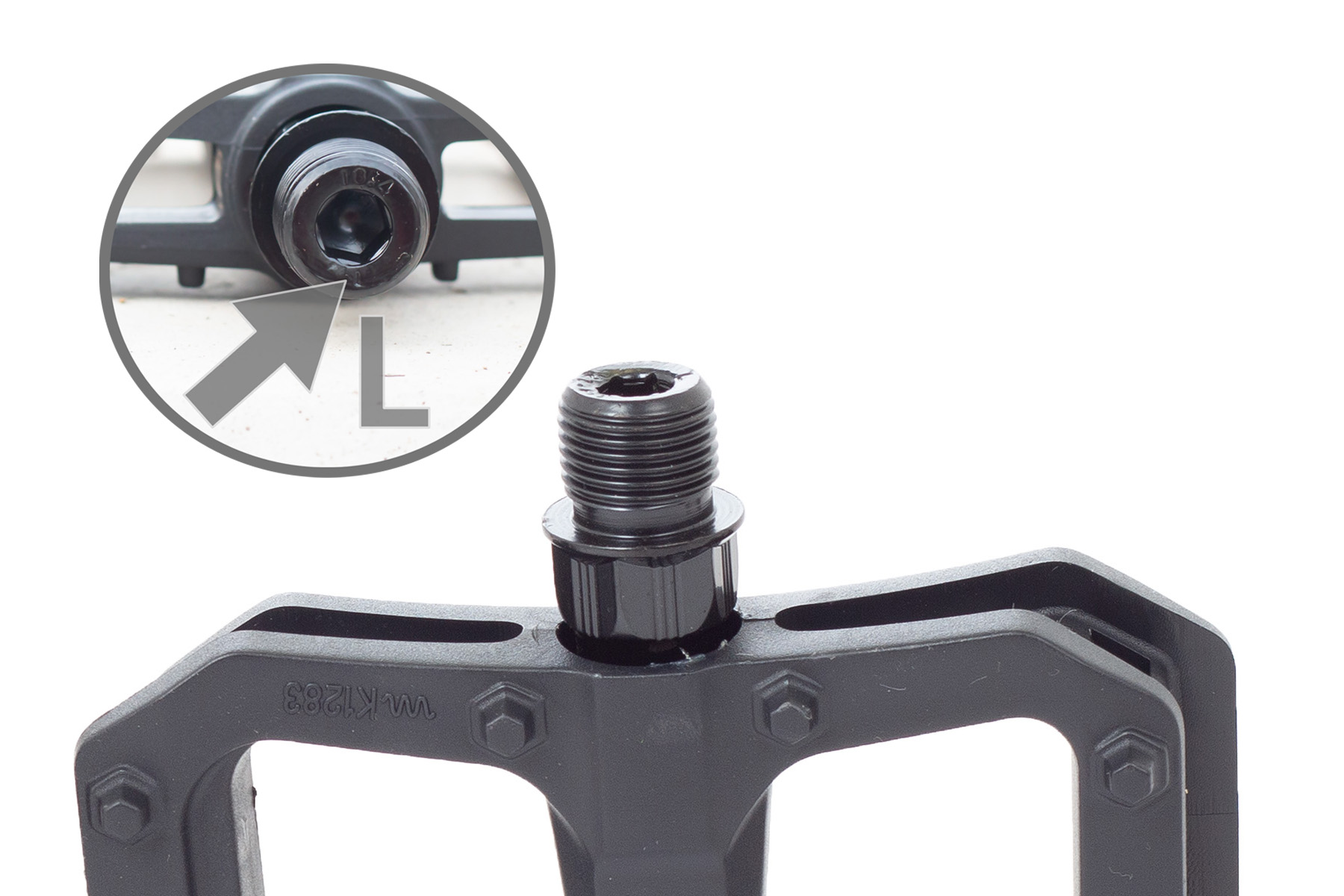
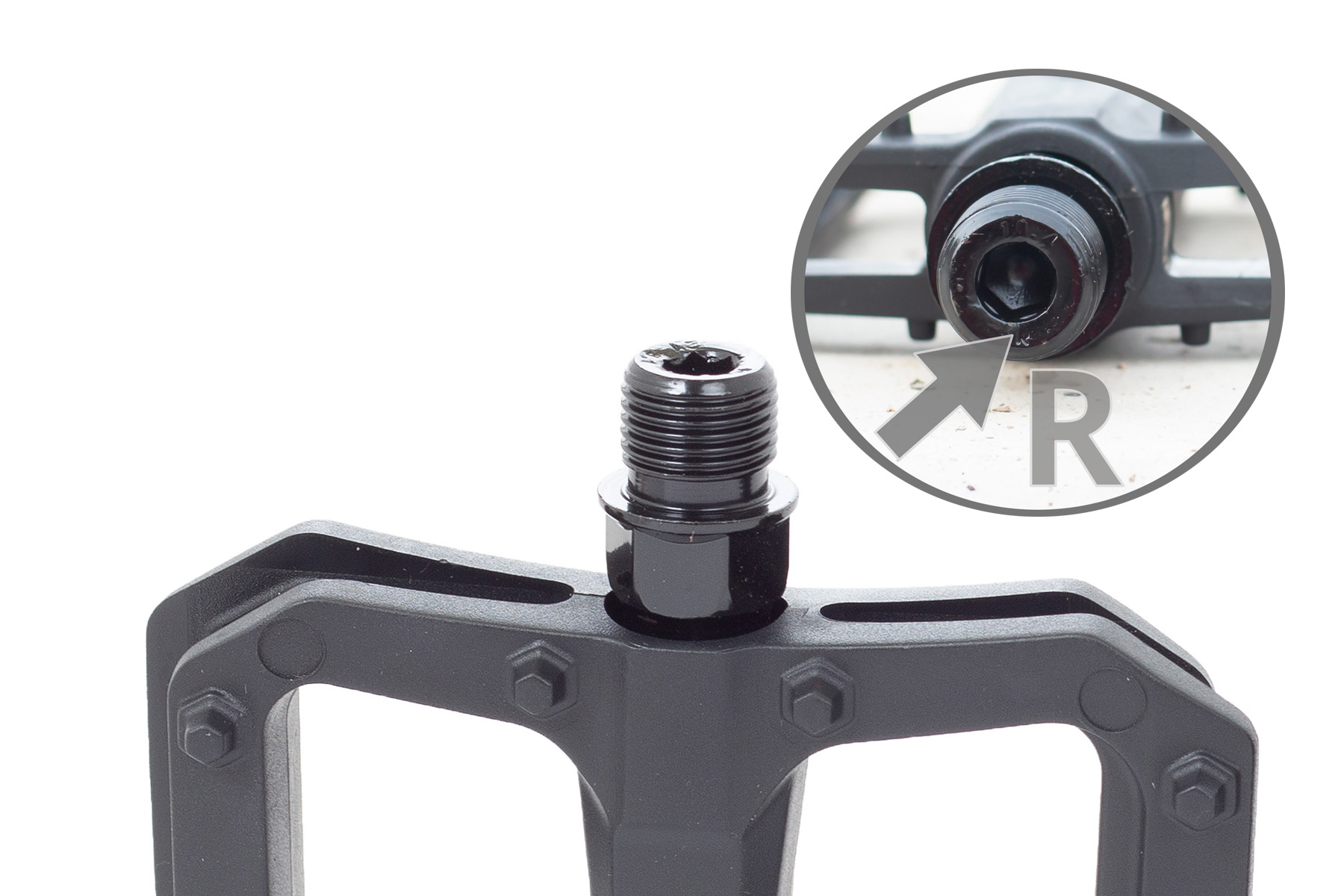
Prepare the tool: Place the spanner or Allen key on the nut or flange of the pedal you want to loosen. Whether you need a spanner or an Allen key depends on the type of pedal, but with the right tool, removing and installing pedals becomes a straightforward task.
Loosen the pedal: Apply force to turn the pedal in the right direction. If the pedal is stuck, a little lubricant can help.
Unscrew the pedal: Once the pedal is loose, you can unscrew it by hand.
Mount the new pedal: Screw in the new pedal in the opposite direction. Make sure that the thread is clean and lubricate it with a little grease if necessary. Make sure that you mount the right pedal on the right side and the left pedal on the left side.
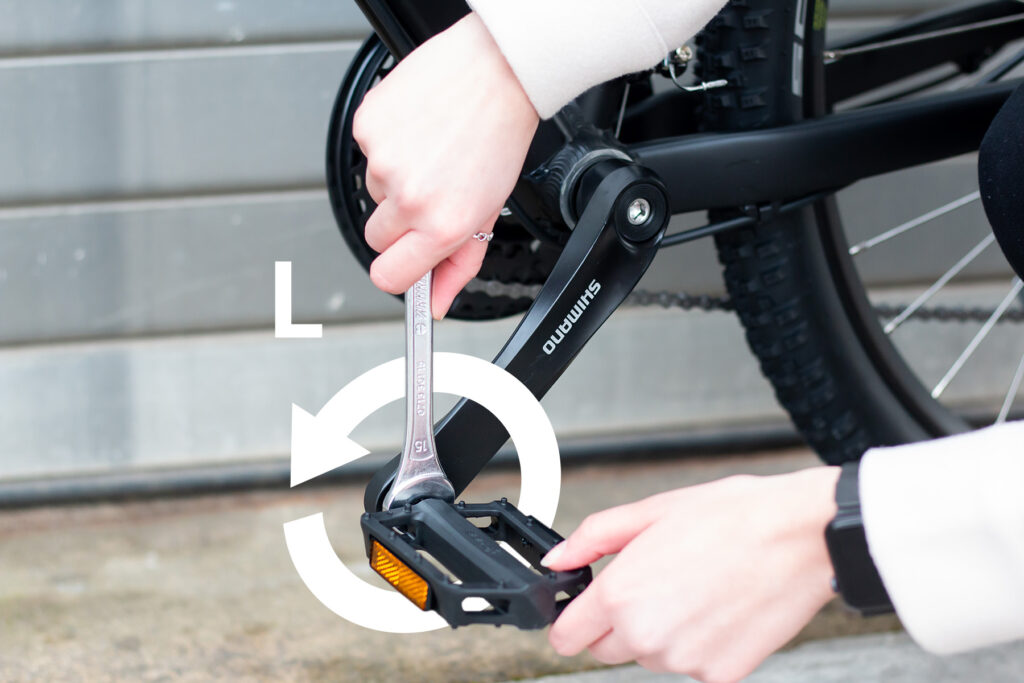
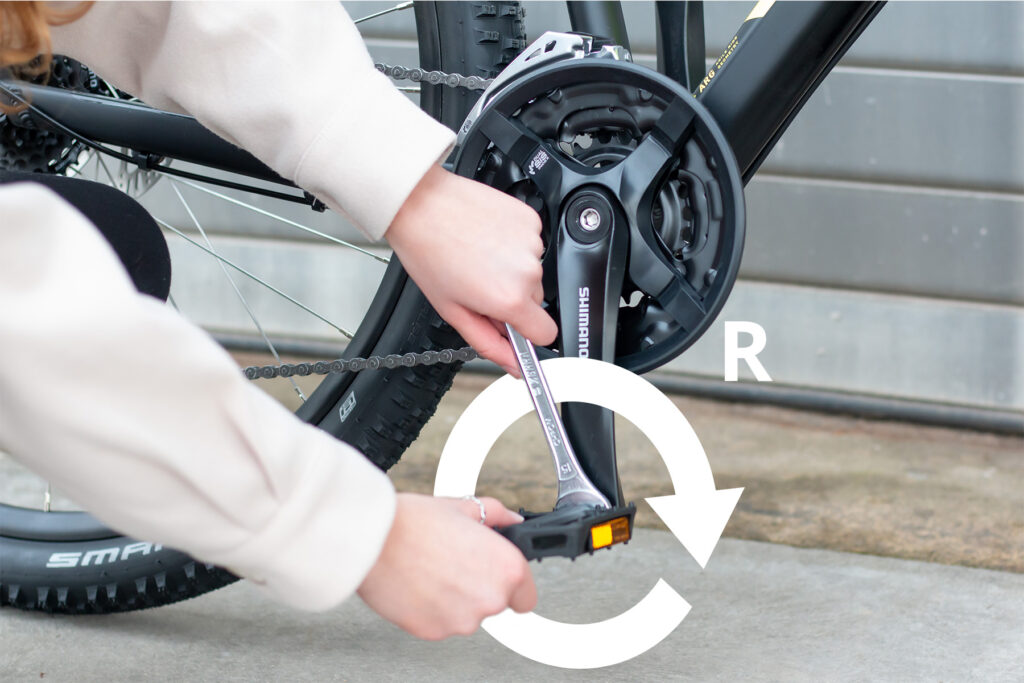
Tighten the pedal: Use the spanner to tighten the pedal. It should be tight but not too tight.
Check both pedals: Check that both pedals are tightened and that the new pedal is correctly aligned.
Take the bike for a test ride: Test the bike in a safe environment to make sure everything is fitted correctly and works well.
Replacing the pedals on a bicycle may seem intimidating at first, but with the right tools and a little patience, you can do the job yourself at home. Whether you want to upgrade your pedals or replace a worn pedal, this step-by-step guide will help.
FAQs about bike pedals
Why do bicycle pedals have different threads?
Bicycle pedals have different threads for a very practical reason: to ensure that the pedals don’t come off the crank arms while the bike is in use.
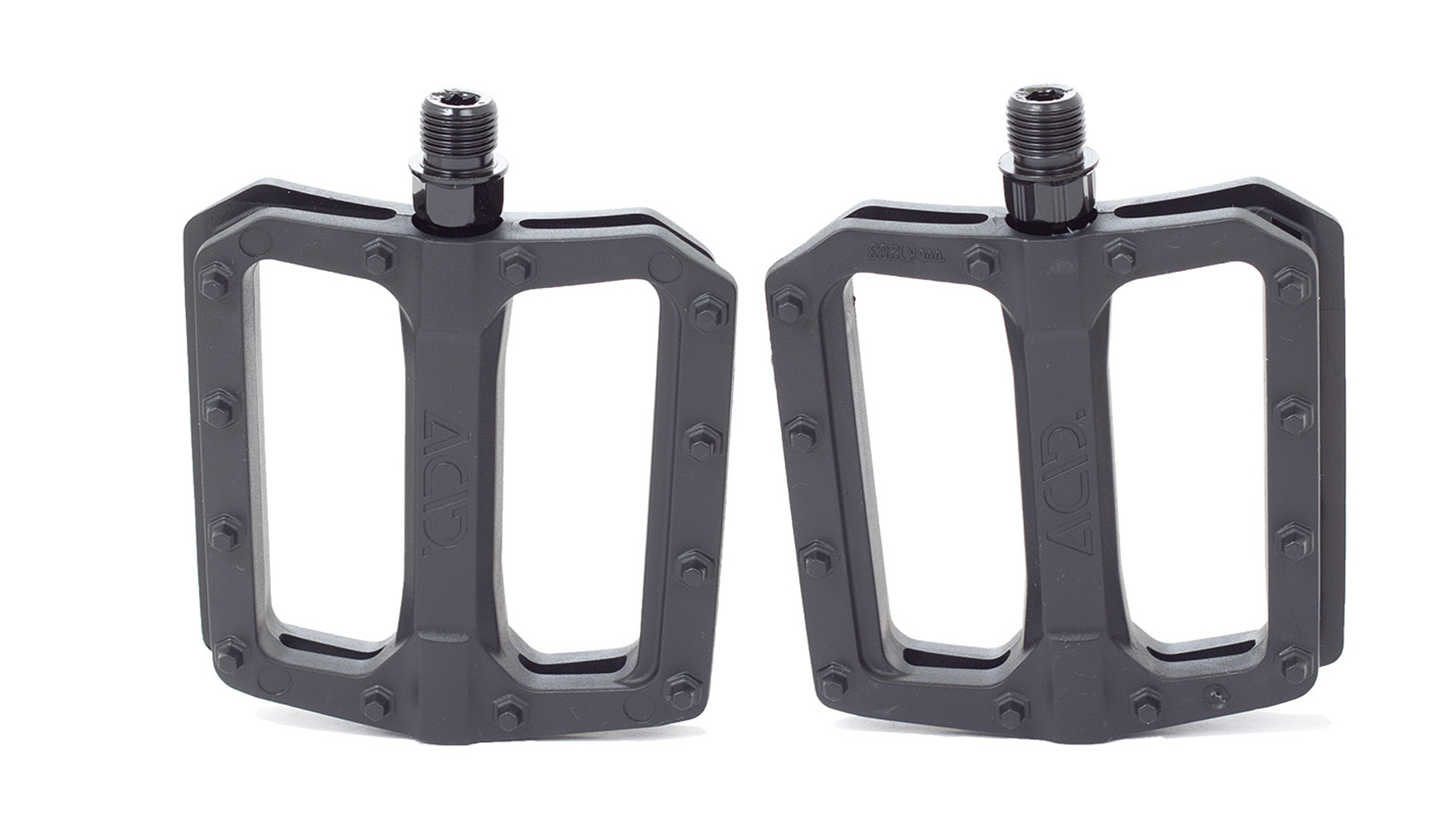
Here are the details:
Right pedal (R): The right pedal has a standard right-hand thread. When you want to tighten it, turn it clockwise. Since the right pedal turns in the same direction as the crank, a left-hand thread would cause the pedal to come loose while riding.
Left pedal (L): The left pedal has a left-hand thread. To tighten it, turn it anticlockwise. The reason for this is the same as for the right pedal, only the other way round. Since the left crank turns counterclockwise, a right-hand thread would cause the pedal to loosen over time.
So using different threads for the right and left side prevents the pedals from unscrewing during normal use of the bike. This contributes to the safety of the rider and prevents possible damage or accidents caused by loose pedals.
These differences in threading also explain why it is important to pay attention to which pedal is mounted on which side when mounting or changing pedals. Each pedal usually has a marking (L for left, R for right) to make it easier to fit.
How often should I change my bike pedals?
The frequency of pedal replacement depends on the use and condition of the pedals. If the pedals are damaged or heavily worn, they should be replaced immediately. Otherwise, a regular inspection may be sufficient.
Can I use different types of pedals on my bike?
Yes, there are different types of pedals (e.g. MTB, Flat, Clipless) and the choice depends on your riding style and preferences. Make sure the pedals are compatible with your bike design.
Why is my pedal stuck and how can I loosen it?
A stuck pedal can be caused by rust or excessive torque. You can use lubricants and carefully apply force to loosen the pedal. In some cases, professional help may be needed.
What are the differences between pedals for bicycles and e-bikes?
Basically, the same pedals can be used for both bicycles and e-bikes. However, pay attention to the specific requirements or recommendations of the e-bike manufacturer.
Are all bike pedals universally compatible?
While many pedals are universally compatible, there are differences in thread types and sizes. It is important to check compatibility with the bike model to ensure that the pedals fit correctly.
How tight should I tighten the pedals?
The pedals should be tightened so that they fit securely, but not so tight that the thread is damaged. Using a torque spanner can help you achieve the correct tightening torque.




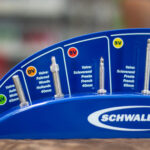



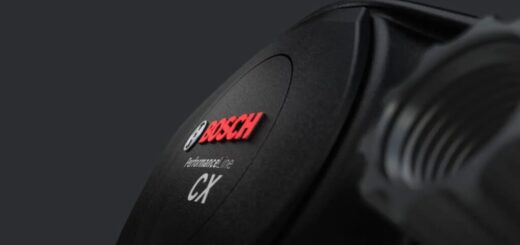
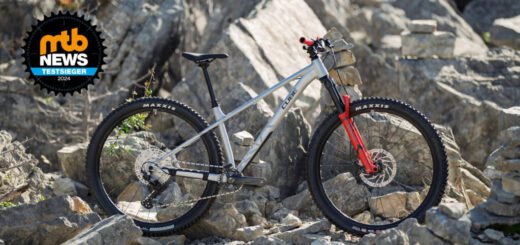
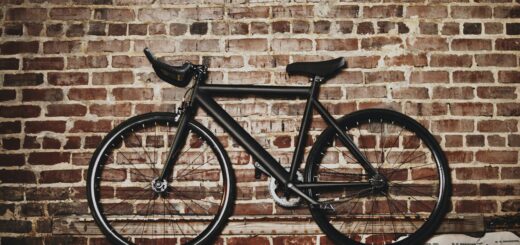








thank you for making this article very useful and keep up the good work